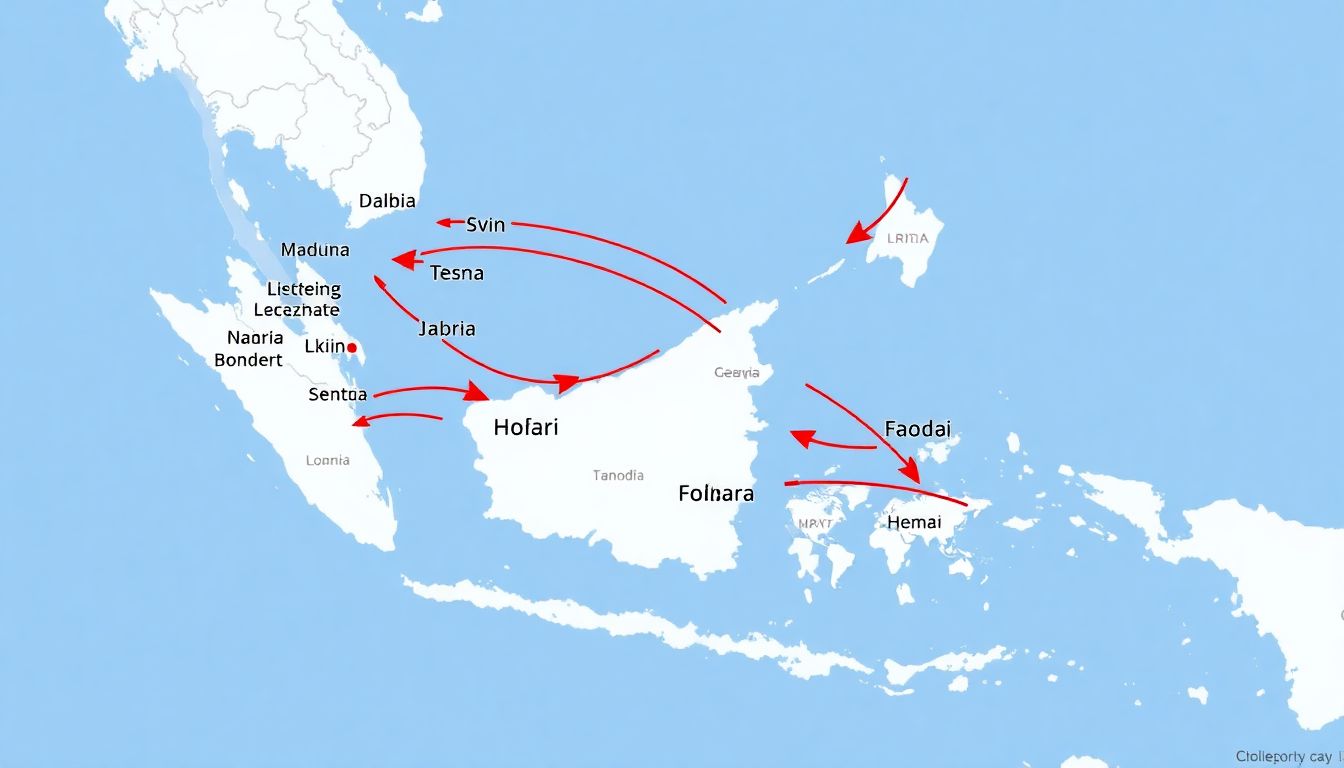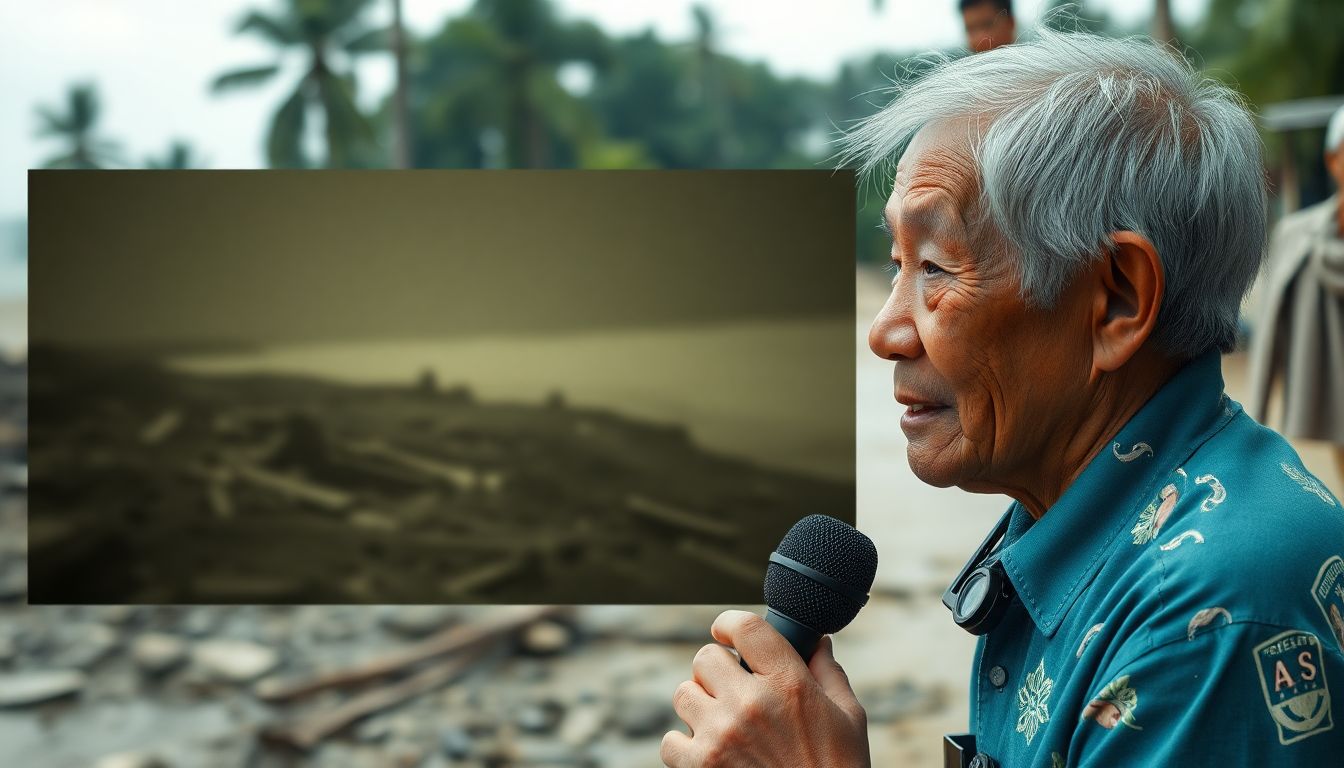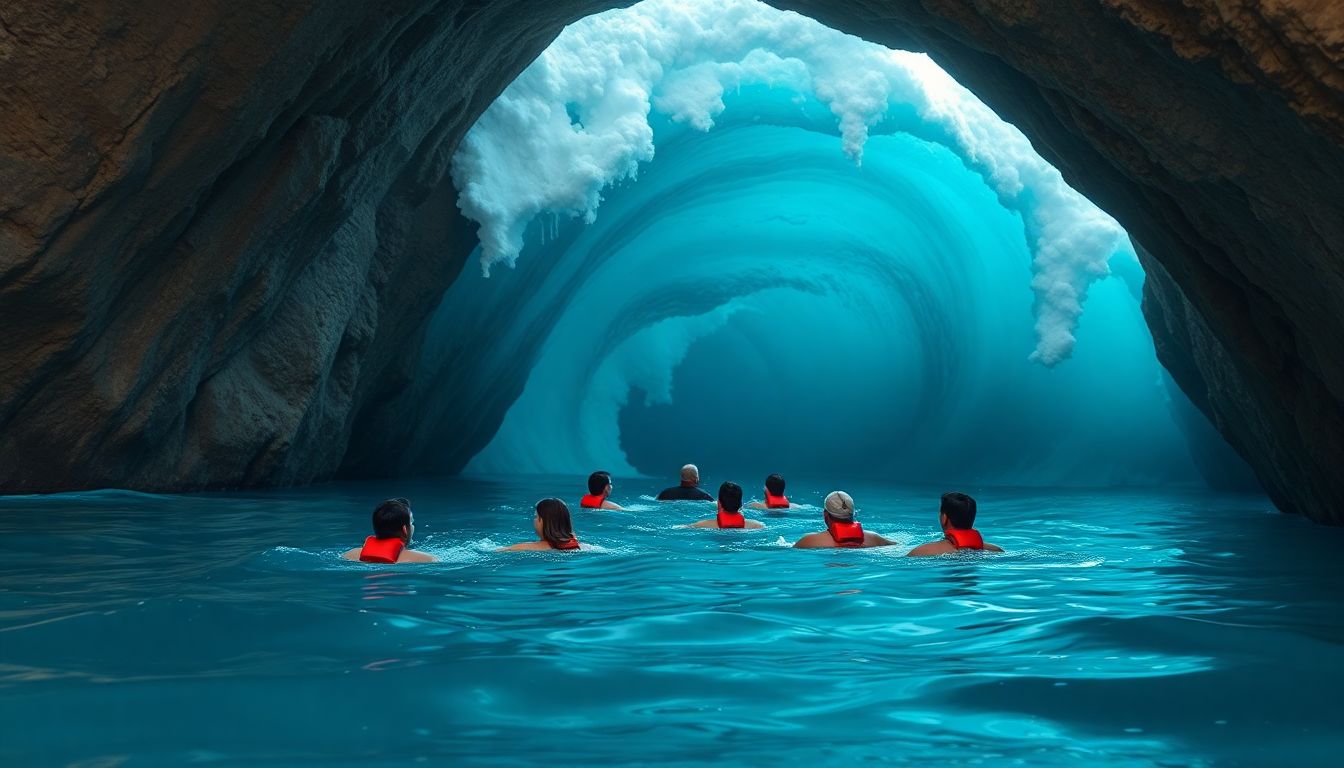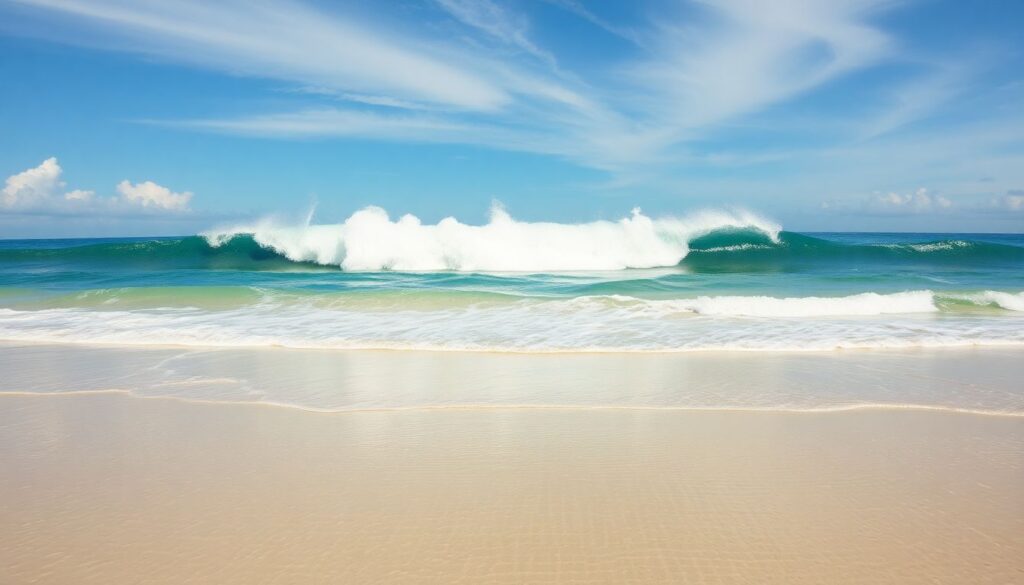Welcome to this captivating review of ‘Tsunami: Race Against Time,’ a documentary that delves into the harrowing events of the 2004 Boxing Day tsunami. This article will explore the documentary’s unique storytelling techniques, the emotional testimonies of survivors, and the broader implications of this natural disaster. Join us as we navigate through the gripping narratives and the profound impact of this catastrophic event.
The Guardian
Imagine a beach, a stretch of pristine sand kissed by the sun and caressed by the whispering winds. The water is a symphony of blues, crystal clear and calm, stretching out to meet the cloudless sky at the horizon. Palm trees sway gently, their leaves rustling in a soothing rhythm, as the soft lullaby of the sea’s waves creates an atmosphere of pure tranquility.
This picture-perfect scene is suddenly, inexplicably interrupted. On the horizon, a dark line appears, seemingly out of nowhere. It grows, swells, and begins to take shape as a colossal wall of water, towering and formidable, marching relentlessly towards the shore.
The serene beach is transformed in an instant, the calm blue waters now a churning, frothing monster. This is the unexpected, the unimaginable, the devastating nature of the 2004 Boxing Day tsunami. A force of nature that, in a single moment, turned paradise into chaos, reminding us of the awesome and sometimes terrifying power of our planet.

The Magnitude of the Disaster
The 2004 Boxing Day tsunami stands as one of the most devastating natural disasters in recorded history. Triggered by a colossal undersea earthquake off the coast of Sumatra, Indonesia, with a magnitude of 9.1 to 9.3, it was the third-largest earthquake ever recorded. The quake displaced an unprecedented volume of water, unleashing waves that reached heights of up to 30 meters (100 feet) in some areas. The sheer scale of the event became evident as the tsunami waves radiated outwards, affecting countries across the Indian Ocean.
The tsunami’s impact was catastrophic. It devasted coastlines of 14 countries. Indonesia, Sri Lanka, India, Thailand, Malaysia, Myanmar, Somalia, the Maldives, Tanzania, Seychelles, Bangladesh, South Africa, Yemen, and Kenya were all affected. The waves wreaked havoc, destroying entire communities, flattening buildings, and sweeping away everything in their path. The staggering loss of life was almost incomprehensible, with an estimated 230,000 to 280,000 people losing their lives, and countless more left displaced and traumatized.
The documentary ‘Tsunami: Race Against Time‘ takes on the monumental task of compiling this vast event into a cohesive and impactful narrative. It masterfully weaves together various threads, including:
- Personal accounts from survivors who recount their harrowing experiences and the sheer terror they faced.
- Footage showcasing the sheer scale and force of the tsunami waves, with before-and-after comparisons that emphasize the immense destruction.
- Commentary from experts who explain the geological processes behind the earthquake and tsunami, as well as the scientific community’s efforts to better understand and predict such events.
The documentary seamlessly blends these elements to create a powerful and engaging narrative that keeps viewers on the edge of their seats, while also educating them about the complexities of natural disasters.
One of the most striking aspects of the documentary is its ability to convey the sheer enormity of the event while also highlighting the deeply personal tragedies that unfolded. It poignantly reminds us that behind the staggering numbers were individual lives, each with its own story and legacy. By intertwining these personal narratives with the larger story of the tsunami, the documentary offers a comprehensive and profoundly moving account of one of the most devastating natural disasters in human history.

Storytelling Techniques
The documentary masterfully weaves contemporary footage with survivor testimonies to create a compelling anthology of stories that transcend time and space. The use of contemporary footage grounds the narrative in reality, providing a stark backdrop to the events unfolding on screen. Meanwhile, the survivor testimonies infuse the film with a deeply personal and emotional core. Each story is a poignant reminder of the human lives intertwined with the historical events, making the documentary a powerful tool for empathy and understanding.
The emotional impact of these narratives is palpable, often leaving viewers on the edge of tears or gripped by a profound sense of outrage. The raw, unfiltered emotions of the survivors, from their fear and despair to their resilience and hope, create a visceral connection with the audience. This emotional journey is not merely a byproduct of the storytelling but a testament to its effectiveness. It is through this emotional engagement that the documentary becomes more than just a historical account; it becomes a shared human experience.
However, the use of storytelling devices in such a grave context raises important ethical considerations. These include:
- The potential for re-traumatization of survivors who share their stories.
- The risk of sensationalizing or trivializing the events through the cinematic treatment.
- The responsibility to maintain historical accuracy while crafting a compelling narrative.
To navigate these ethical dilemmas, the documentary makers have a responsibility to approach the subject matter with sensitivity, respect, and an unwavering commitment to the truth. This involves prioritizing the well-being of the survivors, avoiding exploitative or manipulative tactics, and ensuring that the storytelling serves a higher purpose—whether that’s education, advocacy, or preserving the memory of those lost. By adhering to these principles, the documentary can harness the power of storytelling to shed light on the darkest chapters of history, fostering healing, understanding, and hopefully, positive change.

Key Perspectives
Meet two of the most notable interviewees in the documentary, each bringing a unique perspective to the disaster’s narrative. First, we have Barry Hirshorn, a renowned seismologist with decades of experience under his belt. Hirshorn’s role in the documentary is instrumental in helping viewers understand the scientific aspects of the disaster. His insights into the Earth’s tectonic movements and the physics behind seismic waves add a layer of depth to the story, making it both educational and engaging.
Hirshorn’s experiences in the field, from setting up seismic stations in remote locations to analyzing real-time data during the disaster, provide a thrilling firsthand account. He doesn’t just explain the science; he makes us feel the urgency and unpredictability of nature. His anecdotes about the challenges faced during his career make the documentary more engaging. Through his eyes, we see the disaster not just as a catastrophic event, but as a complex geological phenomenon that we are still trying to understand.
Alongside Hirshorn, the documentary features Eli Flournoy, a seasoned editor at CNN. Flournoy brings a different kind of insight to the table – the human story. As a journalist covering the disaster, he witnessed firsthand the devastation and the resilience of the affected communities. His role in the documentary is to provide a stark, emotional perspective that complements Hirshorn’s scientific explanations.
Flournoy’s experiences add a profound depth to the narrative. He shares stories of survival, loss, and heroism that he encountered during his coverage. He also provides a glimpse into the challenges journalists face when reporting from disaster zones. Through his interviews, we get a sense of the chaos, the courage, and the compassion that unfolded during the disaster. His account includes:
- The logistical challenges of reporting from a disaster zone.
- The emotional toll of witnessing immense human suffering.
- The inspiration drawn from the resilience of survivors and first responders.

Extraordinary Stories of Survival
The 2004 Indian Ocean tsunami was one of the deadliest natural disasters in history, claiming over 230,000 lives. The sheer scale of the devastation left the world reeling, but amidst the tragedy, remarkable survival stories emerged, illustrating the randomness and uncertainty of survival. The documentary “Tsunami: Caught on Camera” brought these stories to light, including the harrowing Emerald Cave incident in Thailand.
The Emerald Cave, a popular tourist spot in Koh Phi Phi, became a deadly trap for many when the tsunami struck. Divers who had just emerged from the cave’s underwater entrance found themselves suddenly stranded as the wave surged in, blocking their only escape route. Among them were a group of British tourists and their guides. Miraculously, all eight individuals managed to cling to life, finding higher ground within the cave until rescue arrived hours later. Their survival was a testament to quick thinking and sheer luck, highlighting the unpredictable nature of the tsunami’s impact.
Equally astonishing was the story of the Sri Lankan train disaster, one of the most devastating incidents featured in the documentary. The Queen of the Sea, a passenger train packed with over 1,500 people, was derailed and swept away by the tsunami waves. The sheer force of the water left little chance for survival, making the story of those who lived all the more remarkable.
- Petty Officer Roger Edirisinghe, who clung to a tree for hours before being rescued.
- A mother and her baby, who were miraculously reunited after being separated by the waves.
These tales of survival are humbling reminders of the tsunami’s capricious nature.
The randomness of survival was a stark theme throughout the documentary. Neighbors, friends, and even family members recounted vastly different experiences, with some losing everything while others escaped relatively unscathed. The tsunami did not discriminate; survival often hinged on minute decisions and sheer chance. A person’s location, the direction they ran, or even the building they chose to take refuge in could mean the difference between life and death. These stories serve as poignant reminders of nature’s unpredictability and the resilience of the human spirit in the face of overwhelming adversity.









